K. Hyodo, K. Hashimoto, K. Kuchitsu, N. Suzuki, T. Okuno (2017)
Proc. Natl. Acad. Sci. U. S. A. 114: E1282-E1290 DOI:10.1073/pnas.1610212114
R. Singh, U. Manjunatha, H. I. M. Boshoff, Y. H. Ha, P. Niyomrattanakit, R. Ledwidge, C. S. Dowd, I. Y. Lee, P. Kim, L. Zhang, S. Kang, T. H. Keller, J. Jiricek, C. E. Barry 3rd (2008)
Science 322: 1392-1395 DOI:10.1126/science.1164571
J. Z. Sheng, A. P. Braun (2007)
Am. J. Physiol. Cell Physiol. 293: C458-C467 DOI:10.1152/ajpcell.00036.2007
G. Sarath, P. C. Bethke, R. Jones, L. M. Baird, G. Hou, R. B. Mitchell (2006)
Planta 223: 1154-1164 DOI:10.1007/s00425-005-0162-3
R. C. Ziegelstein, Y. Xiong, C. He, Q. Hu (2006)
Biochem. Biophys. Res. Commun. 342: 153-163 DOI:10.1016/j.bbrc.2006.01.135
J. Z. Sheng, D. Wang, A. P. Braun (2005)
J. Pharmacol. Exp. Ther. 315: 931-940 DOI:10.1124/jpet.105.087932
A. Balcerczyk, M. Soszynski, G. Bartosz (2005)
Free Radic. Biol. Med. 39: 327-335 DOI:10.1016/j.freeradbiomed.2005.03.017
T. Mabuchi, N. Shintani, S. Matsumura, E. Okuda-Ashitaka, H. Hashimoto, T. Muratani, T. Minami, A. Baba, S. Ito (2004)
J. Neurosci. 24: 7283-7291 DOI:10.1523/JNEUROSCI.0983-04.2004
P. C. Bethke, M. R. Badger, R. L. Jones (2004)
Plant Cell 16: 332-341 DOI:10.1105/tpc.017822
W. M. Kuebler, U. Uhlig, T. Goldmann, G. Schael, A. Kerem, K. Exner, C. Martin, E. Vollmer, S. Uhlig (2003)
Am. J. Respir. Crit. Care. Med. 168: 1391-1398 DOI:10.1164/rccm.200304-562OC
C. Zhang, K. J. Czymmek, A. D. Shapiro (2003)
Mol. Plant Microbe Interact. 16: 962-972 DOI:10.1094/MPMI.2003.16.11.962
M. A. Rizzo, D. W. Piston (2003)
J. Cell Biol. 161: 243-248 DOI:10.1083/jcb.200301063
H. Kojima, M. Hirata, K. Kikuchi, Y. Kudo, T. Nagano (2001)
J. Neurochem. 76: 1404-1410 DOI:10.1046/j.1471-4159.2001.00161.x
Y. Itoh, F. H. Ma, H. Hoshi, M. Oka, K. Noda, Y. Ukai, H. Kojima, T. Nagano, N. Toda (2000)
Anal. Biochem. 287: 203-209 DOI:10.1006/abio.2000.4859
H. Kojima, Y. Urano, K. Kikuchi, T. Higuchi, Y. Hirata, T. Nagano (1999)
Angew. Chem. Int. Ed. Engl. 38: 3209-3212 DOI:10.1002/(SICI)1521-3773(19991102)38:21<3209::AID-ANIE3209>3.0.CO;2-6




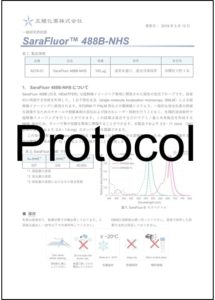
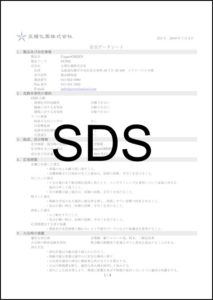
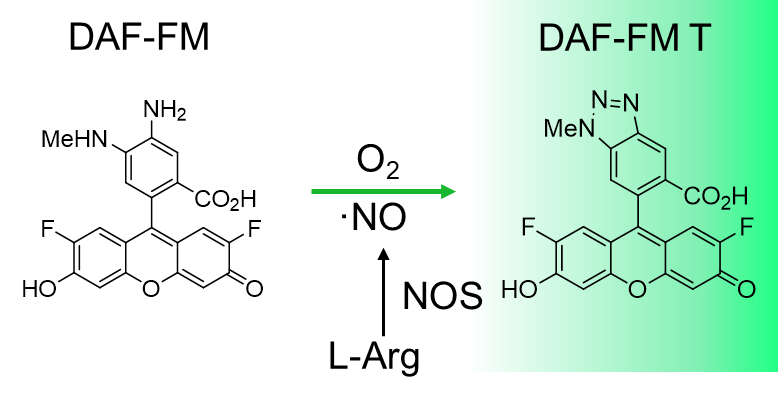
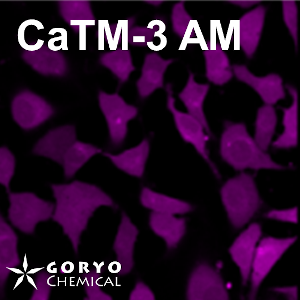

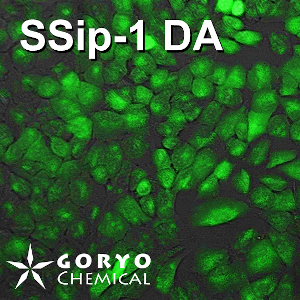
 Contact Us
Contact Us
